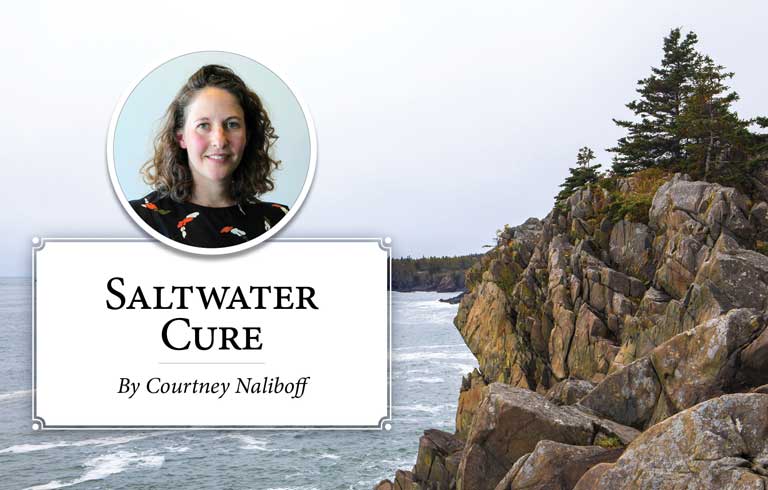In the summer, with my days suddenly unstructured, I become an inveterate putterer. No shelf is left unorganized, no drawer unpurged.
The yard gets the most attention. At some point every day, I find myself wandering from plant to plant, flowers and vegetables alike, touching leaves, saying hello (out loud!), and fussing. Weeds are evicted, garden goods harvested, and inevitably, puttering leads to pruning.
Pruning is by far the most satisfying garden task. This opinion seems to be a heritable trait—I recall my mother fussing at my father after he over-enthusiastically pruned our evening primrose bush.
It always starts innocently enough, just clearing out dead branches or twigs…
It always starts innocently enough, just clearing out dead branches or twigs, cutting back growth that encroaches on the shed door or vegetable garden fence, or dead-heading flowers that have gone by. Once I start snipping and trimming, though, it can be difficult to stop. Soon I’m reshaping, cutting water sprouts and clearing out undergrowth. A new trail might appear in the wild edge of the yard. Who knows?
As I puttered and pruned my way through the second half of July, extra aimless because Penrose was in California with her grandparents, Bill was at work, and I was on call, I started pondering just what it is about pruning that makes it so irresistible.
A pruned plant certainly looks tidier and more aesthetically pleasing. I imagine that a pruned plant feels lighter, the way I do after a haircut.
Pruning has an art to it—which I don’t claim to possess—especially when it comes to fruit trees. Strategically pruning living growth out of a plant can have another benefit too: it allows the plant to focus its energy into wherever might be most beneficial.
I thought about the hydrangea we moved to a new corner of the house this spring in anticipation of our home office addition being built. When we first transplanted it, we were worried it might keel over any second. The leaves, which had recently emerged, turned limp and black. After a few warm days, they became crispy and I feared the worst.
In desperation, I pulled out the pruners. I cut it back hard, clearing away anything that looked like it wouldn’t make it, soaked it with the hose, and thought good thoughts.
After about a week, some new growth began to emerge close to the ground, and the leaves I hadn’t cut off perked up. I had written off the possibility of it blooming this year, but against the odds it sprouted tight, pale green flower buds which opened up into pure white clusters.
Pruning gave it a new lease on life.
Maybe pruning’s appeal is in its usefulness as a metaphor for human growth. We flourish when we cut away the things that don’t serve us anymore so we can focus our energies on healing and expansion. We can reshape ourselves using the best we have to offer and make room for new opportunities to blossom.
We can take the time to be our own gardeners, turning that puttering impulse inwards, touching each leaf, and saying hello out loud.
Courtney Naliboff lives in North Haven where she teaches drama, music, and writing. She may be reached at Courtney.Naliboff@gmail.com.





